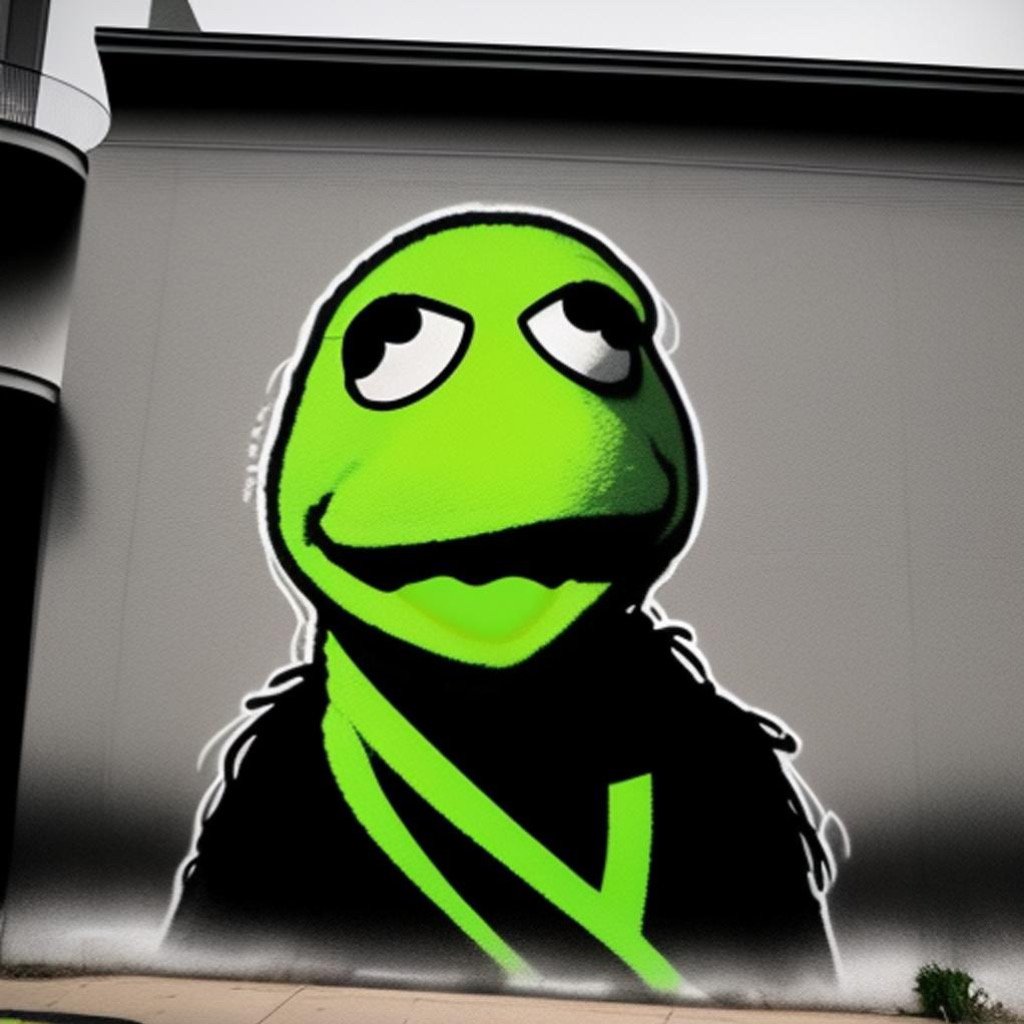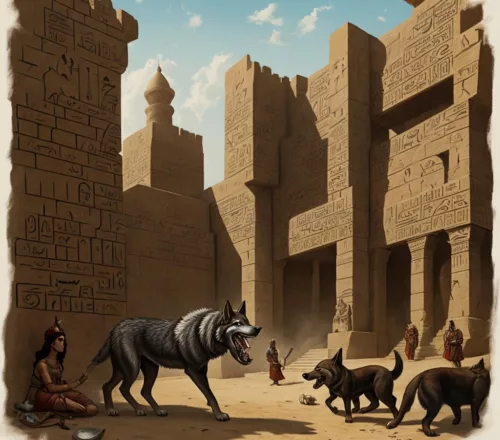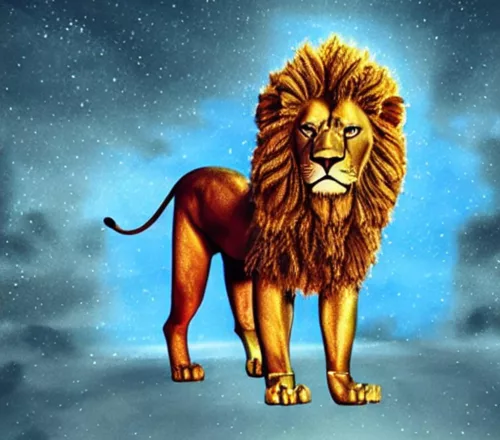
Table of Contents
Symbol of the frog In ancient Egypt
In ancient Egyptian symbolism, the frog held a multifaceted significance, representing various aspects of life, creation, and transformation. The frog was associated with the goddess Heket (also spelled Heqet), who was a deity closely linked to fertility, childbirth, and regeneration. Here are some of the key symbolic meanings of the frog in ancient Egyptian culture:
Fertility and Childbirth
The frog was often seen as a symbol of fertility due to its connection with water and its ability to reproduce rapidly in moist environments. This association made it a suitable symbol for the goddess Heket, who was considered a patroness of childbirth. Heket was often depicted as a woman with a frog’s head or as a frog itself, emphasizing her role in aiding safe deliveries and ensuring the continuity of life.
Transformation and Rebirth
The frog’s life cycle, with its transformation from tadpole to adult, mirrored the Egyptian belief in rebirth and transformation. The frog’s ability to emerge from water and live on land was seen as a symbol of metamorphosis and the journey from one state of being to another. This concept of transformation was closely linked to the ancient Egyptian belief in the afterlife and the cycle of life, death, and rebirth.
Water and Creation
The frog’s association with water connected it to the primordial waters of chaos that were believed to have existed before creation. In this context, the frog was seen as a symbol of the creative forces that gave rise to life and existence. The waters were believed to be the source of all life, and the frog embodied the potential for new beginnings and creation.
Protection and Guardianship
The presence of frogs in the environment, especially in marshes and wetlands, was seen as a sign of the natural balance of the ecosystem. Their croaking at night was often associated with protection, as it could serve as an early warning of potential danger. The frog’s vigilant nature and its role in maintaining a harmonious environment contributed to its symbolism as a protective force.
The frog was a powerful symbol in ancient Egyptian culture, representing themes of fertility, rebirth, transformation, and protection. Its connection to the goddess Heket and its role in various aspects of life and creation made it an important and revered emblem in Egyptian art, mythology, and religious practices.
Shop Corner
The Egyptian frog on Amazon
Video
Thank you for reading, shares and comments!
✨ Comment Policy ✨
We welcome thoughtful, kind, and constructive comments that contribute to meaningful conversations.
Please note:
- Promotional links and unsolicited offers will be removed.
- Spam, irrelevant content, or self-promotion without prior permission will not be published.
- We value quality engagement over quantity — thank you for helping us keep this a respectful and inspiring space!
Sources openai Language models, aitrot, picsart and mib
Embark on a journey into the realm of affiliate marketing and craft your own website within a vibrant, supportive community. Join me in this adventure, where you can begin as a free starter and stay as long as you desire. Enjoy complimentary hosting and foundational teachings to set you on your path. For those with advanced skills, opportunities to elevate your expertise await. Take a moment to explore and witness the magic for yourself!




